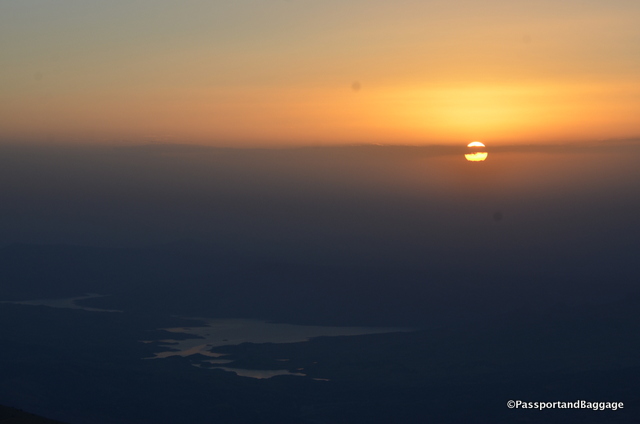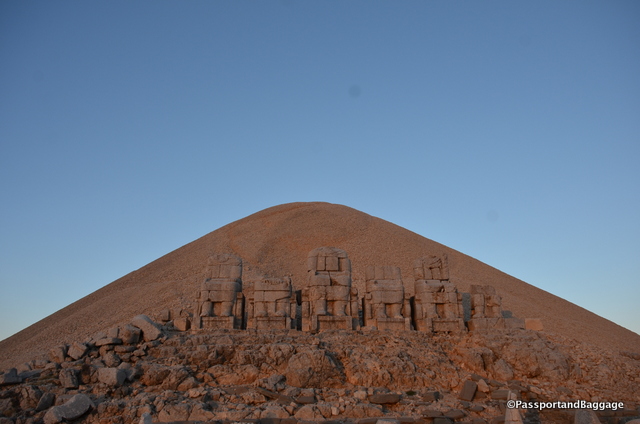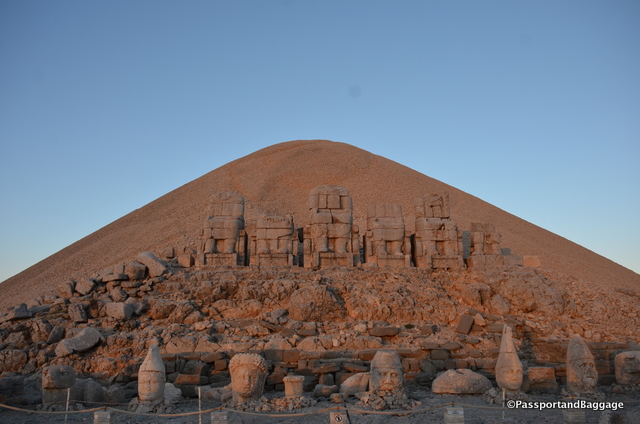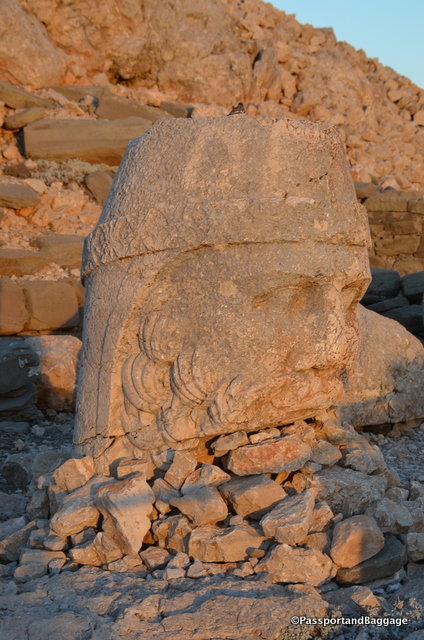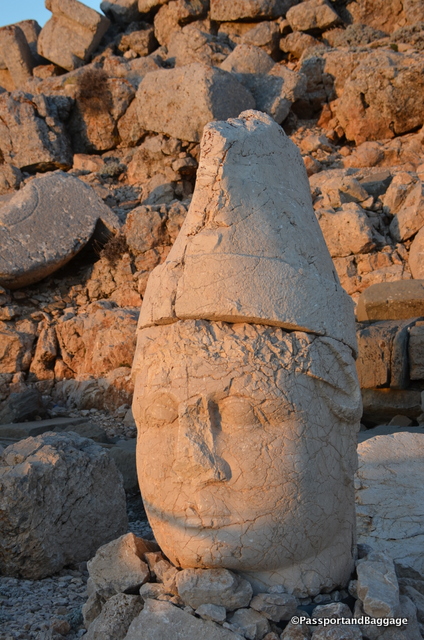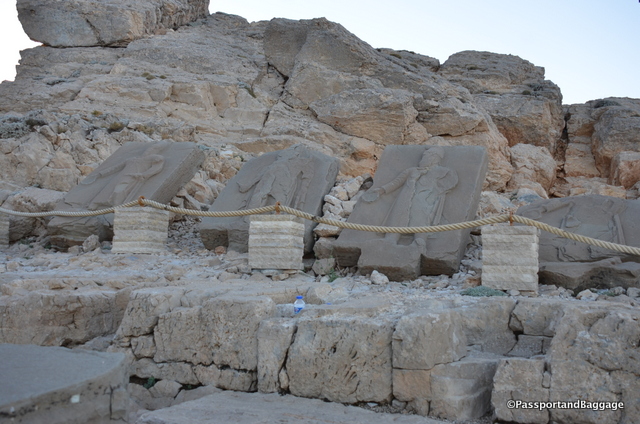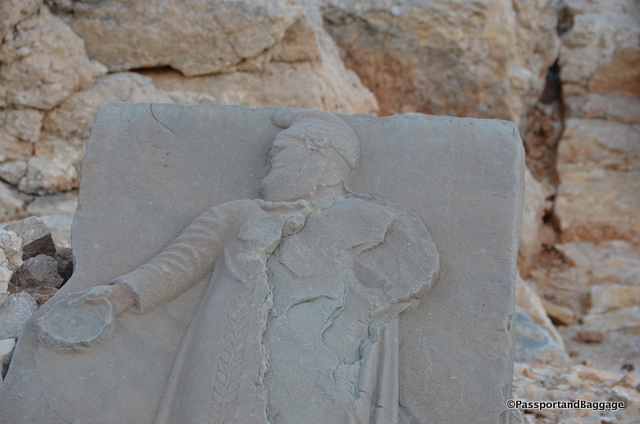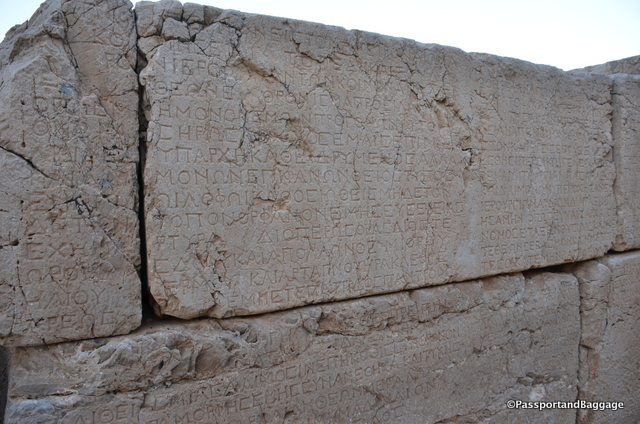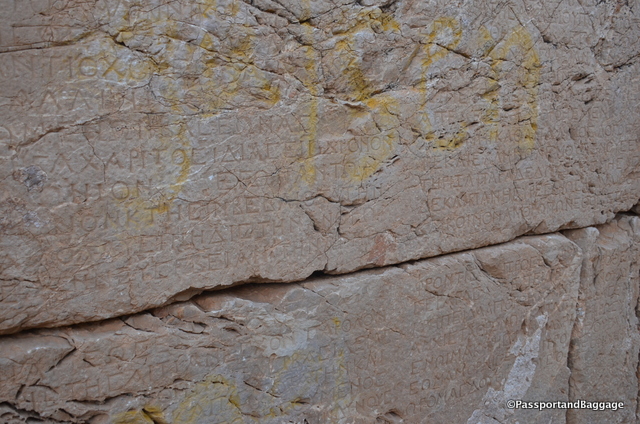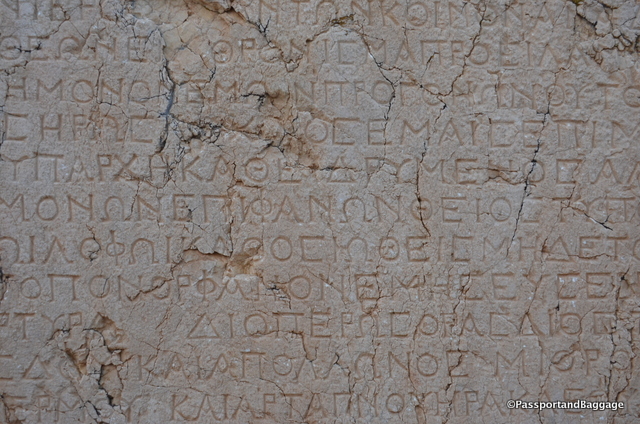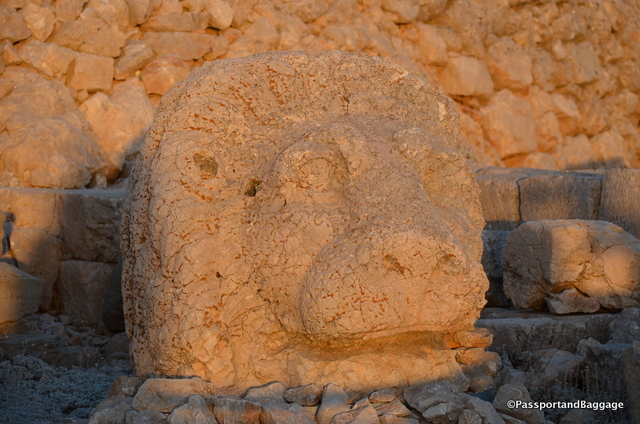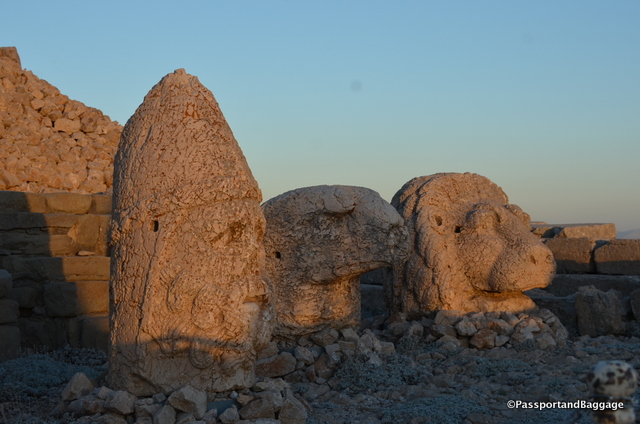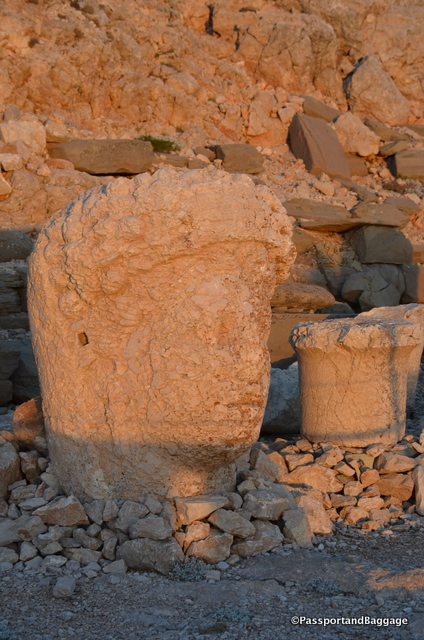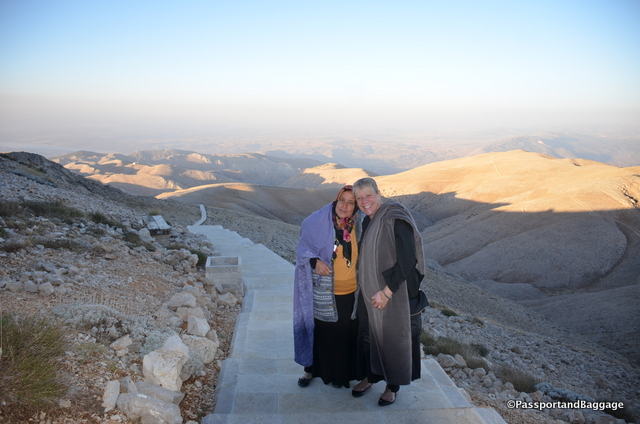September 27, 2016
The Kingdom of Commagene was an ancient Armenian kingdom of the Hellenistic period (between 323 and 31 BC). Commagene has been characterized as a “buffer state” between Armenia, Parthia (northeastern Iran), Syria, and Rome.
Little is known of the region of Commagene prior to the beginning of the 2nd century BC. However, the Kingdom of Commagene maintained its independence until 17 AD, when it was made a Roman province by Emperor Tiberius. It reemerged as an independent kingdom when Antiochus IV of Commagene was reinstated to the throne by order of Caligula, then deprived of it by that same emperor (of course, Caligula was truly crazy and unstable, so granting and taking away kingdoms would have been normal for him). The king was restored to his throne a couple of years later by Caligula’s successor, Claudius. The re-emergent state lasted until 72 AD when Emperor Vespasian finally and definitively made it part of the Roman Empire.
One of the kingdom’s most lasting visible remains is the archaeological site on Mount Nemrut, a sanctuary dedicated by and to King Antiochus Theos, (ruler of Commagene between 64 and 38 BC) (and obviously, quite an egotist). It holds a statue of the king himself, a number of Greco-Iranian deities and the deified land of Commagene.
Mount Nemrut is situated in Eastern Anatolia. It is famous for its large head statues. These statues were once seated, with names of each god inscribed on them. The heads of the statues have at some stage been removed from their bodies, and they are now scattered throughout the site.
The pattern of damage to the heads (notably to noses) suggests that they were deliberately damaged as a result of iconoclasm. The statues have not been restored to their original positions, although on the Eastern side they have been uprighted and arranged in front of their bodies. The site also preserves stone slabs with bas-relief figures that are thought to have formed a large frieze. These slabs display the ancestors of Antiochus, who included Armenians, Greeks, and Persians.
The site was excavated in 1881 by Karl Sester, a German engineer, while he was out assessing transport routes for the Ottomans, but it was not fully documented until the 1990s.
The entire top of the hill is man made and thought to hold the tomb of Antiochus. However, subsequent excavations (one of which included dynamiting parts of the hill) have failed to reveal the tomb of Antiochus, it is nevertheless still believed to be the site of his burial.
In 1987, Mount Nemrut was made a World Heritage Site by UNESCO.
*
